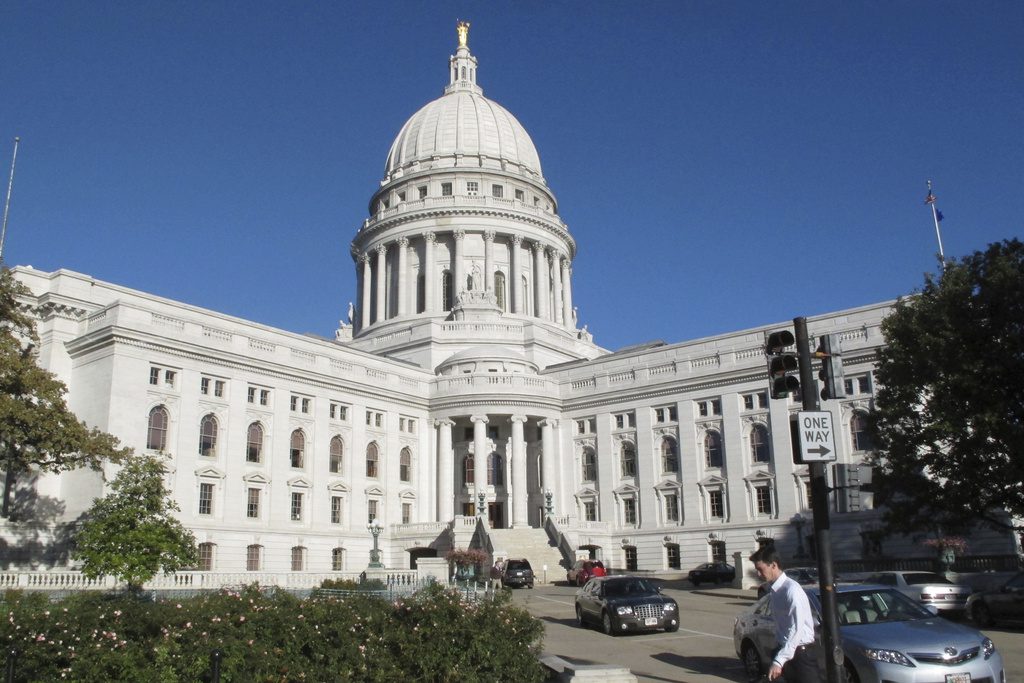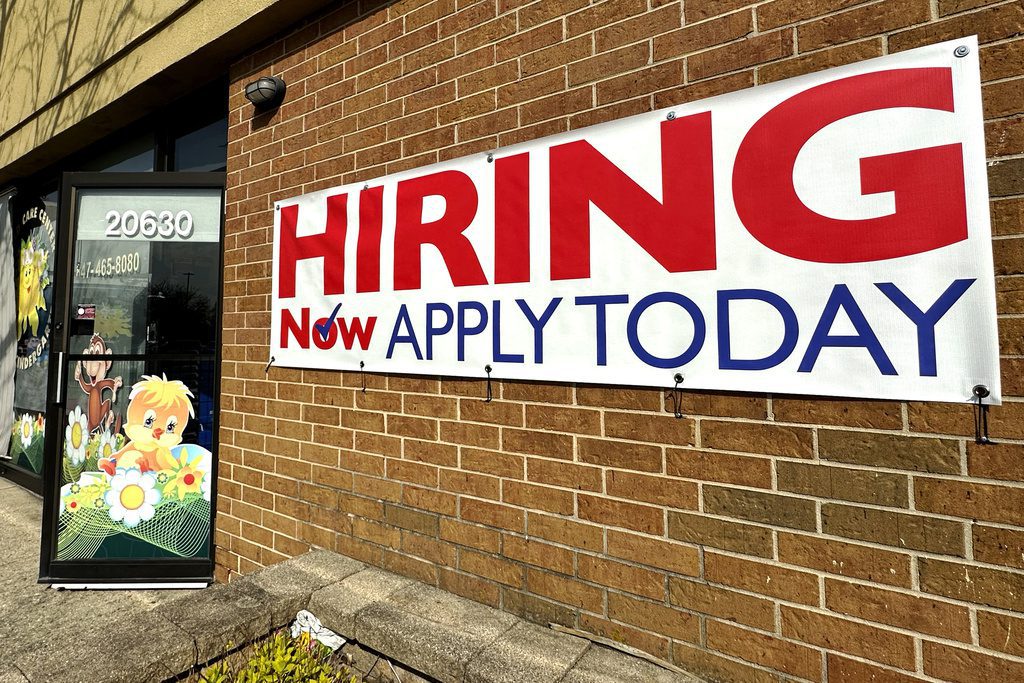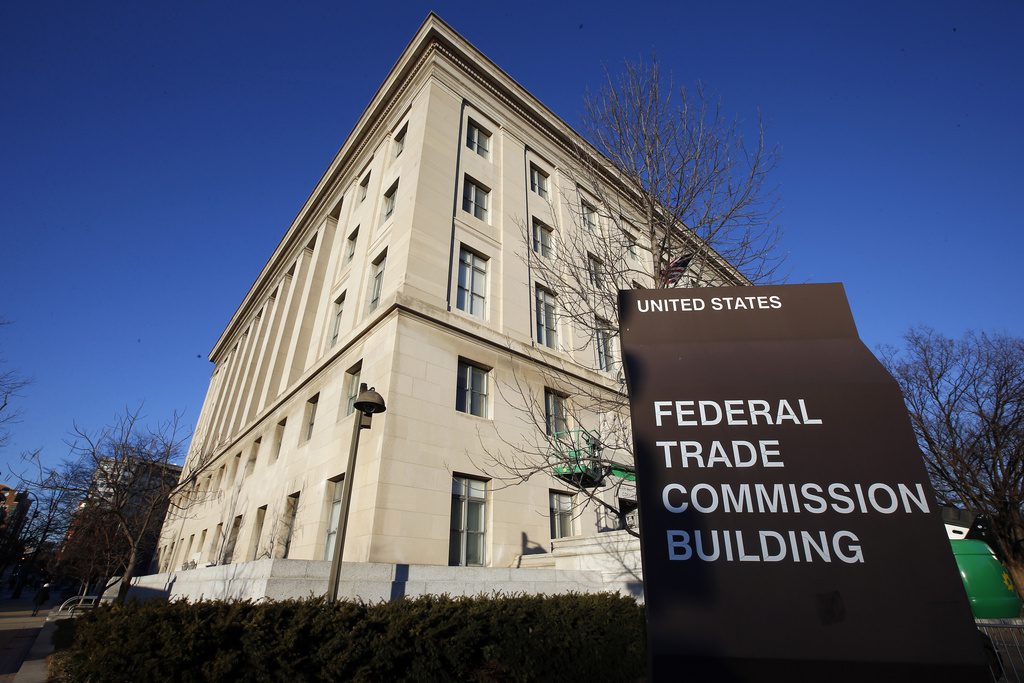
#image_title
#image_title
Biden offers first pay raise in 11 years while Trump threatens a veto and offers tax cuts.
For years Miranda Lopez earned minimum wage pay of $7.25 an hour, and then a bit more, working jobs that included serving food, cleaning hotel rooms, and caring for children.
She received a pay bump two years ago when she took a job as a certified nursing assistant, boosting her pay to nearly $12 an hour.
But even with that higher salary, Lopez, a single mother who lives south of La Crosse, said she struggles to pay bills for herself and her two children.
“Pay for so many of us has been flat, or going up slowly, and at the same time expenses rise much faster,” Lopez said. “Sometimes I look at my income and then my bills and I wonder how I’m going to make it.”
Lopez isn’t alone. With cost-of-living expenses such as food and housing rising far faster than income for people on the low end of the salary scale, discussion of increasing the federal minimum wage is attracting increased attention.
The federal minimum wage was last raised in July 2009, when it was increased from $6.55 to $7.25 per hour. That boost was the last of a three-step increase approved by Congress in 2007 to grow the minimum wage from $5.15 an hour, a figure in place for the previous 10 years.
Politicians and proponents of raising the minimum wage have called in recent years for raising that figure to $15 an hour, citing studies showing that income level would benefit the economy. But efforts to garner approval of the $15 figure have run into a roadblock in Congress, where Republicans have said its impact on business owners would do more harm than good for the economy.
The House, in 2019, approved a phased-in $15 per-hour minimum wage. But the measure stalled in the Republican-led Senate.
The minimum wage issue is in the spotlight again this fall as it has prompted discussion during the run-up to the Nov 3 presidential election.
Democratic presidential nominee Joe Biden is proposing a $15 per-hour minimum wage as part of his platform, saying higher pay is necessary for more Americans like Lopez to make a go of it financially.
In addition to a higher minimum wage, Biden said he would boost a US economy struggling amid the ongoing coronavirus pandemic by promoting more American-made products, building a stronger national infrastructure, investing in clean energy and enacting stronger workplace safety regulations.
In sharp contrast, President Donald Trump has mostly opposed increasing minimum wage and threatened to veto the $15 an-hour figure the House approved. The president has said his economic policies have increased salaries for lower-pay workers, making a higher minimum wage unnecessary.
While wages for the bottom 20 percent of earners have risen during Trump’s presidential tenure, at least some of those pay gains are because of some states raising their minimum wage levels, according to a study by the National Employment Law Project.
Trump’s economic plan includes doing away with regulations on businesses, updating the North American Free Trade Agreement and cutting taxes, which he said stimulates economic growth. He said the US economy was healthy before the coronavirus pandemic and his policies are rebuilding it.
Wisconsin is among states across the nation that have not increased the minimum wage and is one of 14 states where that figure remains $7.25. In the Midwest, Iowa and Indiana are also at that figure, but others are higher, with Minnesota’s $9.86 the highest.
Efforts to raise the wage in Wisconsin have been stopped in the Republican-controlled state Legislature as Republicans have said that measure’s approval would hurt business owners.
Critics of the state’s failure to enact a higher minimum wage said it leaves too many in Wisconsin without enough resources to get by. According to the United Way Asset Limited Income Constrained, Employed (ALICE) report released in 2020 that includes income for 2018, a combined 34 percent of state residents live in poverty (11 percent) or struggle to pay basic living expenses (23 percent).
Without state or federal government action to increase the minimum wage, Lopez worries she and others will continue to struggle, especially as the coronavirus pandemic continues to impact the economy.
“I’m working hard, but I just need more money. That’s the bottom line,” she said.
Politics

Biden makes 4 million more workers eligible for overtime pay
The Biden administration announced a new rule Tuesday to expand overtime pay for around 4 million lower-paid salaried employees nationwide. The...

Biden administration bans noncompete clauses for workers
The Federal Trade Commission (FTC) voted on Tuesday to ban noncompete agreements—those pesky clauses that employers often force their workers to...
Local News

Readers Poll: Top Bowling Alleys in Wisconsin
Looking for the best bowling in Wisconsin? Look no further! Our readers have spoken in our recent poll, and we have the inside scoop on the top...

8 Wisconsin restaurants Top Chef judges are raving about
Top Chef’s 21st season is all about Wisconsin, and on-screen, it’s already apparent that the judges feel right at home here. But, while filming in...




